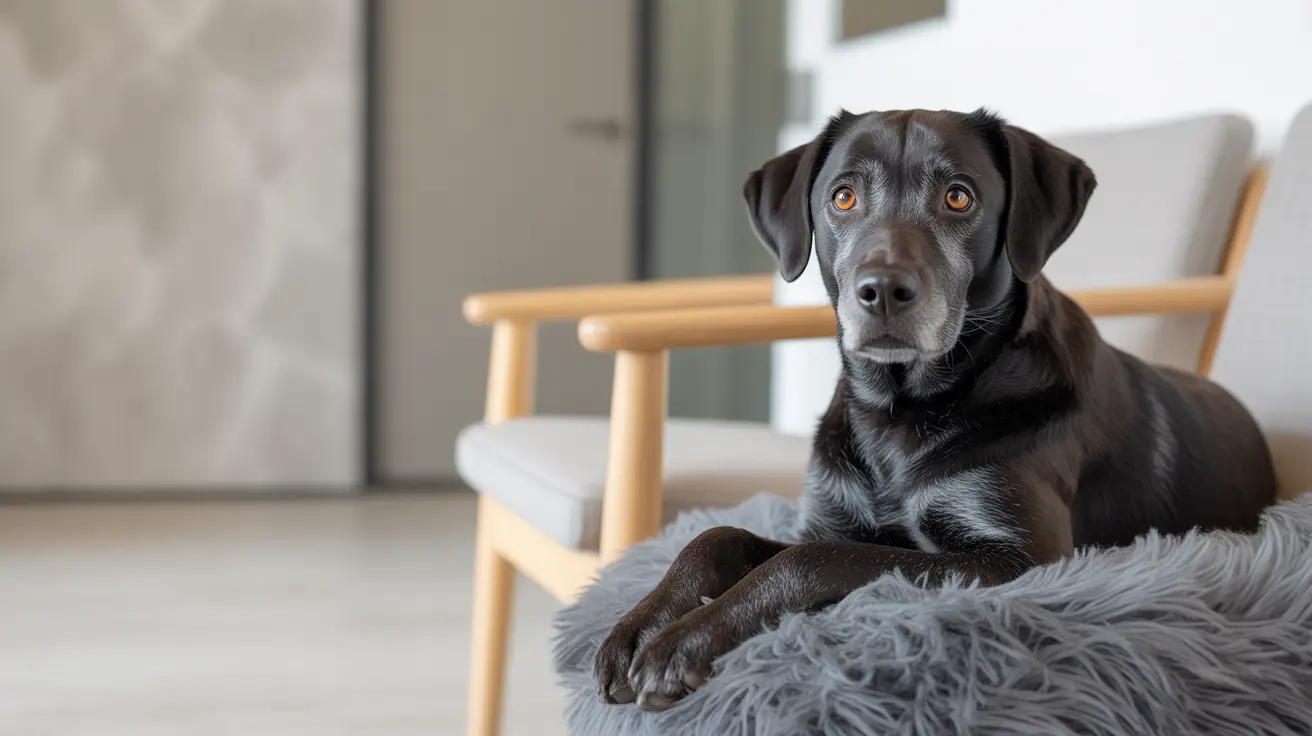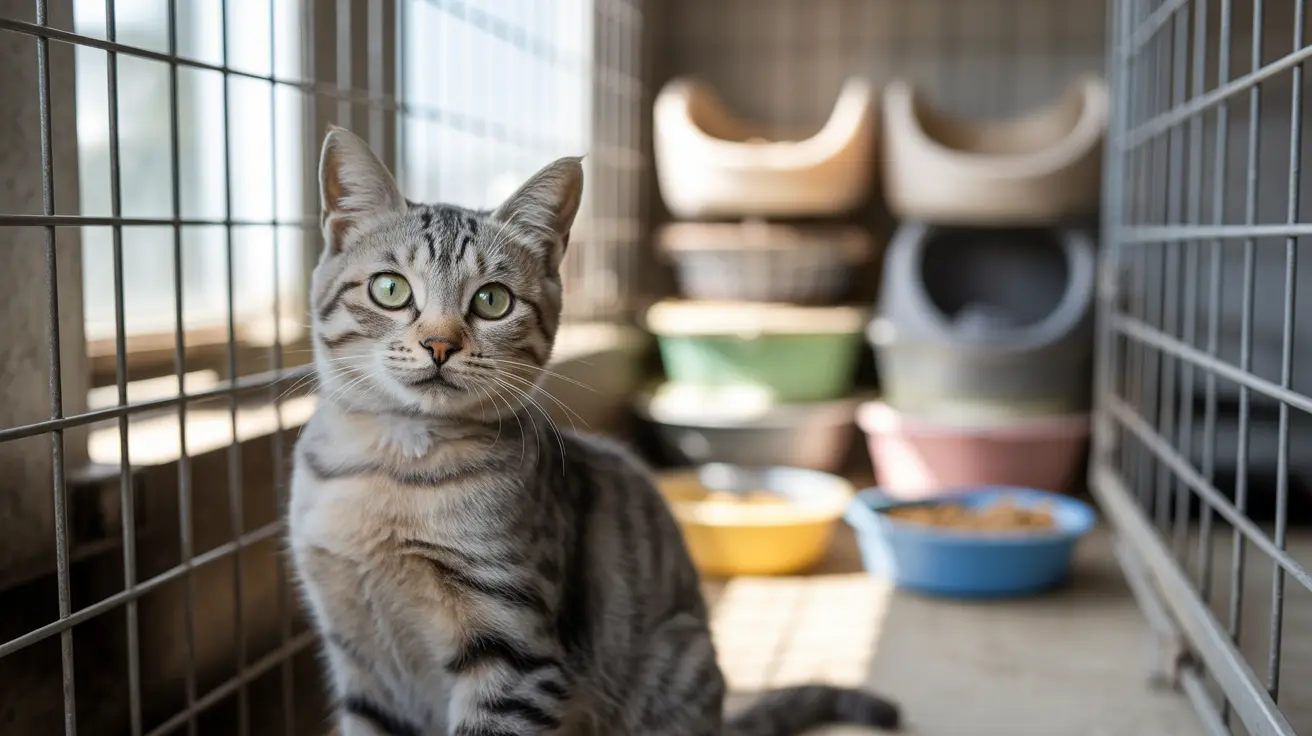Every dog lover knows the joy of having a furry friend who wants to be by your side constantly. Known as "velcro dogs," these breeds take companionship to a whole new level, following their owners from room to room with unwavering loyalty and affection. But what exactly makes a dog a velcro breed, and why do some dogs seem more attached than others?
In this comprehensive guide, we'll explore the world of velcro dog breeds, helping you understand their unique characteristics, behaviors, and the deep emotional bonds that make these dogs such incredible companions.
What Are Velcro Dog Breeds?
Velcro dogs are canines that form an incredibly close bond with their owners, literally sticking to them like velcro. These breeds are characterized by their intense desire to be near their human companions at all times, often following them from room to room, sleeping next to them, and showing extreme separation anxiety when left alone.
Characteristics of Velcro Dogs
- Constant physical proximity to their owners
- Extreme loyalty and attachment
- High sensitivity to their owner's emotions
- Potential for separation anxiety
- Strong desire for physical and emotional connection
Top 10 Velcro Dog Breeds
1. Vizsla: The Ultimate Velcro Companion
Often called "velcro dogs" by definition, Vizslas are perhaps the most clingy breed you'll encounter. These Hungarian hunting dogs are known for their intense need to be constantly close to their owners, earning them the nickname "shadow dogs." They thrive on human interaction and can become anxious when separated from their family.
2. German Shepherd: Loyal Protector and Constant Companion
German Shepherds are renowned for their protective nature and deep emotional connection with their owners. Their herding instincts and strong bond make them natural velcro dogs, always wanting to be close and monitor their family's activities.
3. Labrador Retriever: The Friendly Velcro Dog
Labradors are famous for their friendly disposition and incredible attachment to their families. Their people-pleasing nature means they're happiest when right by their owner's side, whether during work, play, or relaxation.
4. Golden Retriever: Affection Personified
Similar to Labradors, Golden Retrievers are known for their loving and clingy behavior. They form strong emotional bonds and will happily follow their owners everywhere, seeking constant interaction and attention.
Managing Velcro Dog Behavior
Training Tips for Clingy Dogs
While the attachment of velcro dogs is endearing, it's essential to help them develop independence and manage potential separation anxiety. Here are some effective strategies:
- Gradually increase periods of separation
- Create a comfortable, safe space for the dog
- Use positive reinforcement techniques
- Provide mental stimulation through toys and puzzles
- Consider professional training if anxiety is severe
Potential Challenges of Velcro Dogs
While their constant companionship is heartwarming, velcro dogs can present unique challenges. They may struggle with:
- Difficulty being left alone
- Potential destructive behavior when anxious
- Overreliance on their owners
- Increased stress during lifestyle changes
Frequently Asked Questions
What are the most common velcro dog breeds, and what makes them clingy?
Vizslas, German Shepherds, Labradors, and Golden Retrievers are among the most common velcro dog breeds. Their clinginess stems from a combination of breeding history, individual temperament, and strong pack mentality.
How can I help my velcro dog cope with separation anxiety?
Gradual training, creating a safe environment, providing mental stimulation, and using positive reinforcement can help manage separation anxiety. In severe cases, consulting a professional dog trainer is recommended.
Are there specific training techniques to manage a velcro dog's clinginess?
Techniques include desensitization to departures, creating positive associations with alone time, using interactive toys, and slowly increasing periods of separation.
Why do some dog breeds, like Labradors and Vizslas, tend to follow their owners everywhere?
This behavior is rooted in their breeding history. Many of these breeds were developed as working dogs that needed close collaboration with humans, leading to a strong instinctual desire to stay close.
Do all velcro dogs require the same level of attention and companionship?
While velcro breeds share similar characteristics, individual dogs vary. Factors like training, socialization, and personal temperament influence a dog's level of attachment and need for companionship.






